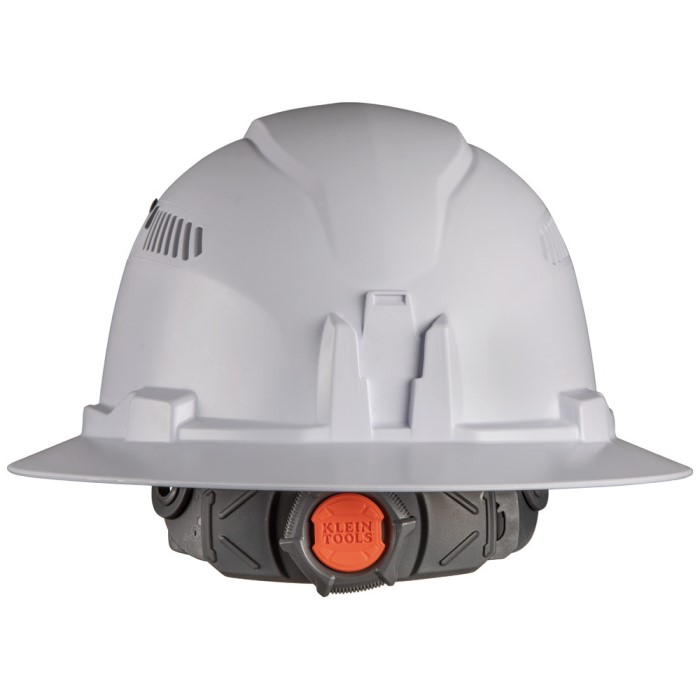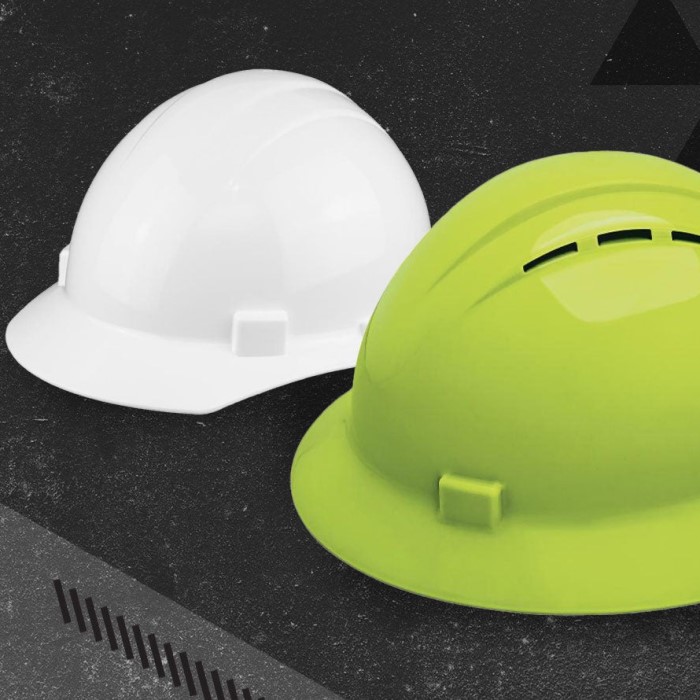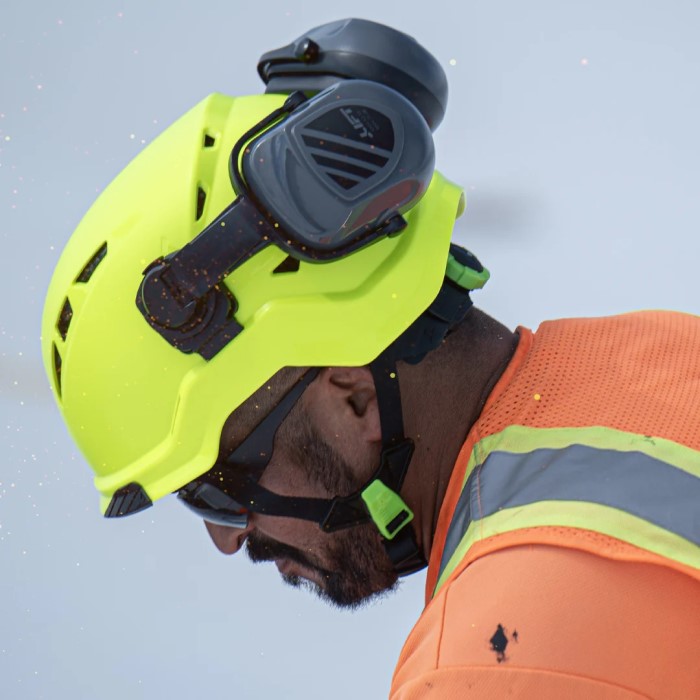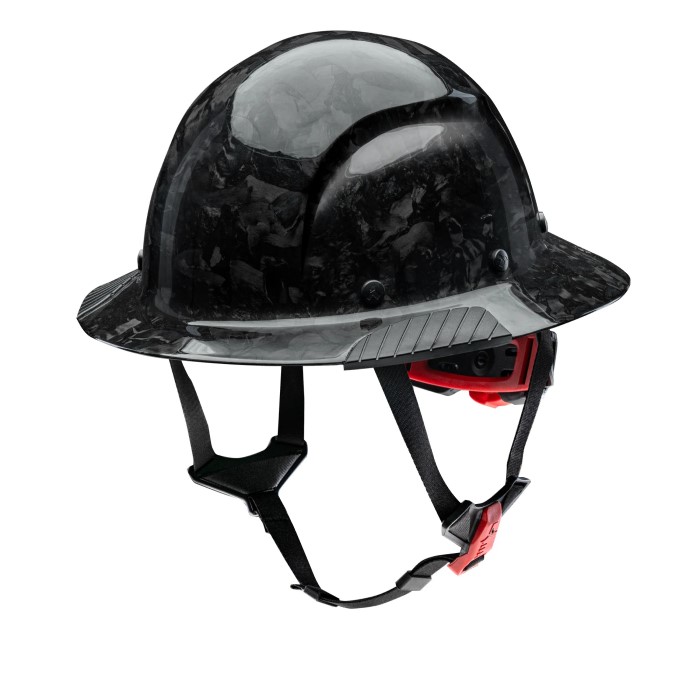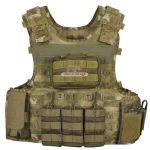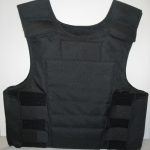Introduction
In environments where safety is paramount, personal protective equipment (PPE) plays a crucial role. Among the most important PPE is the hard hat, specifically designed to protect workers from head injuries. Class C hard hats are used for various applications, although they have specific characteristics that set them apart from other classes of hard hats. This article will delve into the details of Class C hard hats, exploring what they are used for, their design features, and their role in workplace safety.
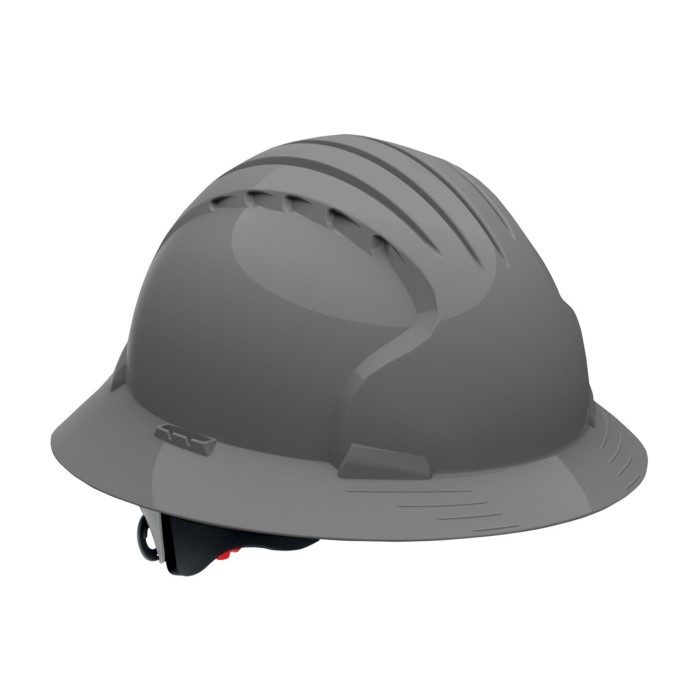
Understanding the classification of hard hats is essential for both employers and employees. Knowing what Class C hard hats use for can significantly impact decision-making regarding safety protocols in various work environments.
What Are Class C Hard Hats?
Definition and Overview
- Class C Hard Hat: Class C hard hats are characterized primarily by their lightweight and comfortable design. They provide impact protection but do not offer electrical insulation.
- Material Composition: Typically made from high-density polyethylene (HDPE) or similar materials, Class C hard hats are designed for comfort and ease of use. The materials used are essential for ensuring durability and longevity.
Importance in Workplace Safety
- Purpose: Class C hard hats use in occupations where there is a risk of impact from falling or flying objects. They provide basic protection against head injuries while ensuring comfort during prolonged wear.
- Limitations: While effective for many applications, it is crucial to note that Class C hard hats recommended for work environments where electrical hazards are present.
Applications
Common Industries
Construction Sites
- Risk of Falling Debris: In construction environments, the risk of falling debris is significant. Construction sites filled with heavy materials, tools, and equipment, all of which can pose potential dangers to workers’ heads.
- Protection Against Head Injuries: Class C hard hats employ on construction sites to protect workers from potential head injuries caused by falling construction materials, tools, or other objects. They shield against impacts that can occur when materials slip or accidentally fall.
- Versatile Applications: Workers in various roles, including laborers, supervisors, and equipment operators, require to wear these hard hats. Their lightweight design allows for easy wear without adding unnecessary fatigue during long work hours, promoting safety compliance.
Manufacturing Environments
- Factory Safety Regulations: In factories and manufacturing facilities, safety regulations often mandate that workers wear hard hats to protect themselves from various risks associated with machinery, heavy equipment, and materials handling.
- Risks from Machinery: The movement of heavy machinery, coupled with potential overhanging materials, creates a risk environment where head injuries could occur. Class C hard hats serve as a protective barrier against impacts and prevent serious injuries.
- Comfort and Functionality: The lightweight and comfortable nature of Class C hard hats make them well-suited for manufacturing environments.
Warehousing and Logistics
- Hazards in Warehouses: Workers in warehouses face multiple hazards, including falling objects from storage racks, and collisions with moving equipment or vehicles. Safety is paramount in these busy environments.
- Adequate Head Protection: Class C hard hats used in warehousing settings because they provide adequate protection from potential impacts. This is crucial for maintaining safety and encouraging workplace productivity.
- Mobility and Ease of Movement: The design of Class C hard hats allows for greater mobility, ensuring that workers can navigate tight spaces and move around quickly while protected. This balances safety with practical work requirements.
Landscaping and Agriculture
- Unexpected Applications: While it may not be immediately apparent, landscaping and agricultural workers also significantly benefit from wearing Class C hard hats. These roles often involve working with heavy equipment, power tools, and the manipulation of materials that could fall.
- Potential for Falling Objects: Landscaping activities, like tree trimming or construction of outdoor structures, can lead to overhead hazards. Class C hard hat provides protection from falling branches, tools, or equipment.
- Protection in Varied Environments: In agricultural settings, workers might encounter various risks, such as large machinery or equipment in motion. Class C hard hat offers a necessary layer of protection that helps mitigate the risk of head injuries in these diverse applications.
Design Features
Lightweight and Comfortable
- Weight Considerations: One of the standout features of Class C hard hats is their lightweight design. This is particularly beneficial for workers who spend long hours wearing them, as it minimizes fatigue.
- Ventilation Options: Some Class C hard hats come with built-in ventilation systems. These openings allow for better airflow, keeping workers cooler during hot weather conditions.
Fit and Adjustment Features
- Adjustable Suspension Systems: To accommodate various head sizes, many Class C hard hat features adjustable suspension systems. This ensures a secure fit while maximizing comfort.
- Compatibility with Accessories: Class C hard hats can also equip with accessories such as face shields, earmuffs, or headlamps. This adaptability enhances their functionality in diverse working environments.
Safety Standards and Regulations
OSHA Guidelines
- Compliance with Safety Standards: To ensure that Class C hard hats provide the necessary protection, they must comply with specific safety standards established by the Occupational Safety and Health Administration (OSHA) and the American National Standards Institute (ANSI).
- Testing Requirements: Class C hard hats undergo rigorous testing to verify their impact resistance. However, it’s essential to confirm that they meet the latest ANSI standards to guarantee maximum protection.
Choosing the Right Hard Hat for Your Needs
Evaluating Workplace Hazards
Assessing Risks
- Evaluating the Work Environment: Before selecting a hard hat, it is essential to assess the specific risks associated with your work environment. Each job site presents unique hazards, and understanding these risks is the first step in ensuring adequate protection.
- Identifying Potential Hazards: Take the time to identify potential hazards within your workspace. Common risks may include falling objects, electrical hazards, and exposure to harsh chemicals or extreme temperatures.
- Conducting a Risk Assessment: Conduct a thorough risk assessment by inspecting the worksite and consulting with supervisors or safety officers. This assessment can include checking for overhead hazards, evaluating machinery operation, and considering the activities taking place in the vicinity.
- Impact of Risks on Hard Hat Selection: Understanding what hazards are present will guide your decision regarding which hard hat is most appropriate. A hard hat is only effective if it meets the specific needs presented by these hazards.
Consider Workplace Conditions
- Different Environments, Different Risks: Different work environments necessitate different types of hard hats based on the specific risks involved. It is crucial to match the type of hard hat to the conditions of your workplace to ensure optimal safety.
- Electrical Risks: In settings where electrical hazards are present, such as electrical installations or maintenance, it is vital to choose a hard hat designed specifically for these conditions. Class E (Electrical) and Class G (General) hard hats offer insulation against electrical shocks, making them far more appropriate than class c hard hats are used for, which do not provide this protection.
- Industrial vs. Construction Environments: In industrial settings where there may be a greater probability of overhead threats, thicker and more impact-resistant hard hats might be necessary. Conversely, construction sites may require a combination of lightweight yet robust hard hats that can also accommodate accessories like face shields or hearing protection.
- Adjusting for Temperature and Climate: Additionally, consider the temperature and climate conditions of your workplace. In extremely hot environments, for example, hard hats with ventilation options or cooling features can enhance comfort while ensuring safety.
- Regulatory Compliance: Always ensure that the chosen hard hat aligns with local regulations and industry standards. Regulatory requirements may dictate the type of hard hat needed for specific applications, reinforcing the importance of understanding both risks and workplace conditions before selection.
Frequently Asked Questions (FAQ)
What are Class C hard hats for?
Class C hard hats are designed to protect against impact and provide basic head protection in environments with a risk of falling objects. They are lightweight and comfortable but do not offer electrical insulation.
Is a Class C hard hat OSHA approved?
Yes, Class C hard hats can be OSHA-approved as long as they meet specific ANSI standards for impact resistance. It is important to check the labels and certifications when purchasing.
Are Class C hard hats lightweight and offer protection from what?
Yes, Class C hard hats are lightweight, making them comfortable for prolonged wear. They provide protection from impacts caused by falling or flying objects but do not protect against electrical hazards.
Conclusion
In summary, understanding what Class C hard hats are used for is vital for ensuring safety in various work environments. These hard hats provide essential protection for workers in construction, manufacturing, warehousing, landscaping, and other industries. Their lightweight design and comfort make them suitable for extended use, while compliance with safety standards ensures their effectiveness in preventing head injuries.
When selecting a hard hat, it is crucial to assess workplace conditions and risks. This knowledge helps in choosing the right hard hat to maintain safety standards and protect workers effectively. Always prioritize safety by selecting a hard hat that meets your specific needs and complies with industry regulations.
